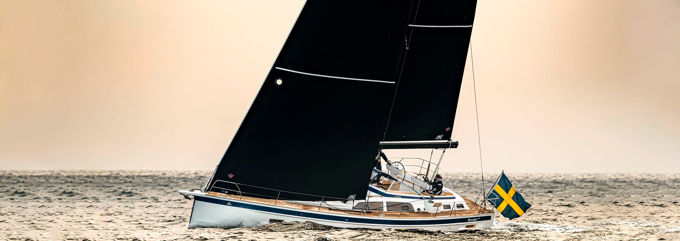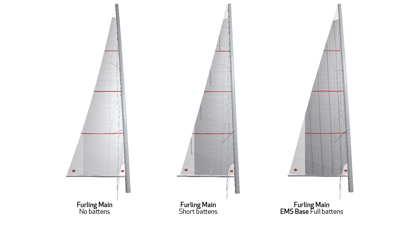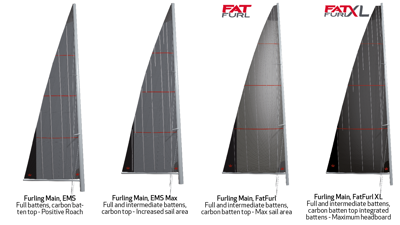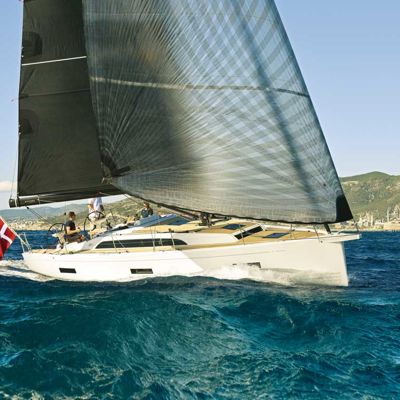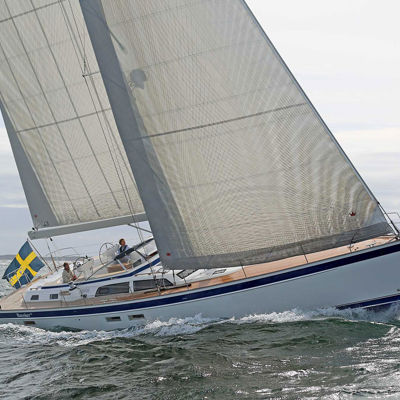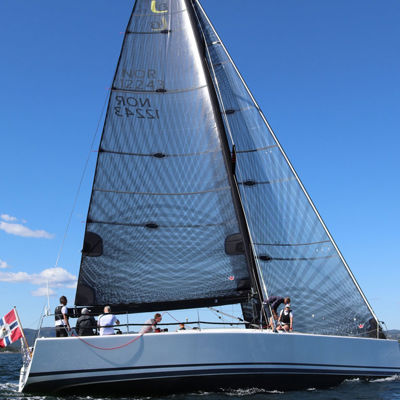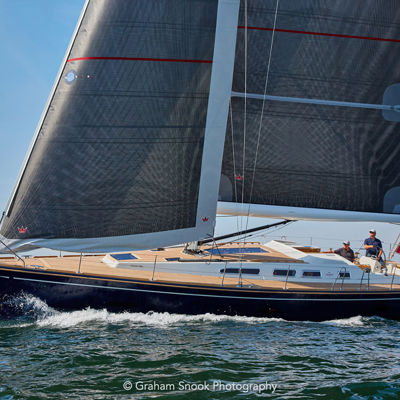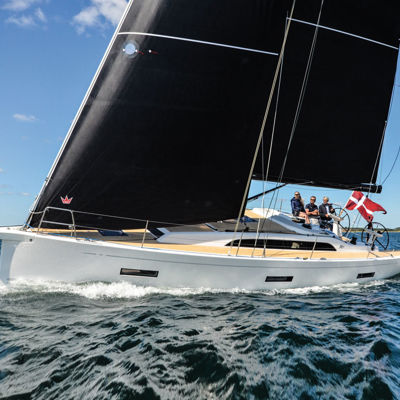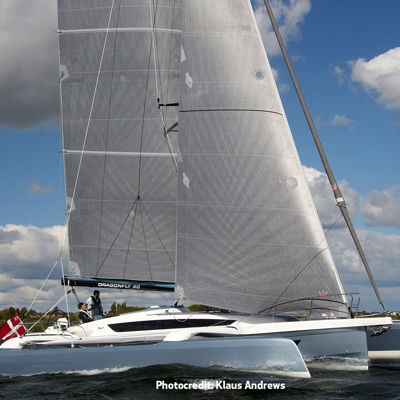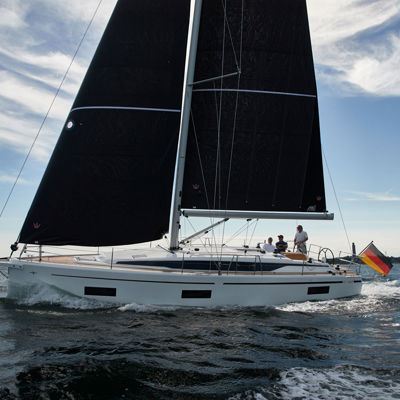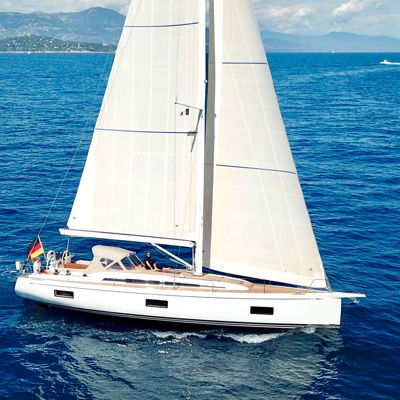Being an active sailor I have always been a strong advocate of furling masts. They offer a secure, simple, and comfortable handling. With an optimum and thought-through sail design there are no arguments against a furling mainsail, on the contrary!
Throughout the past three decades Hallberg-Rassy has had a close co-operation with Elvstrøm Sails exactly on the development of furling mainsails, and I am convinced Elvstrøm Sails is a market leader with their proven designs, such as; EMS, EMS MAX, FatFurl and now FatFurl XL.
Whether you want to win the local regattas or to make a circumnavigation, I am sure you will find an Elvstrøm design for your furling mast.
Magnus Rassy, CEO at Hallberg-Rassy Varvs AB, Sweden
Follow Elvstrøm Sails at...
